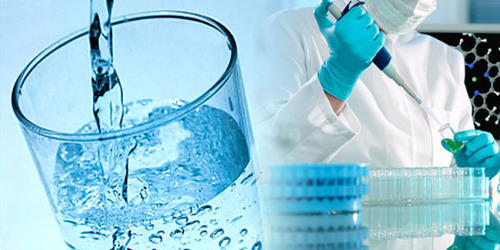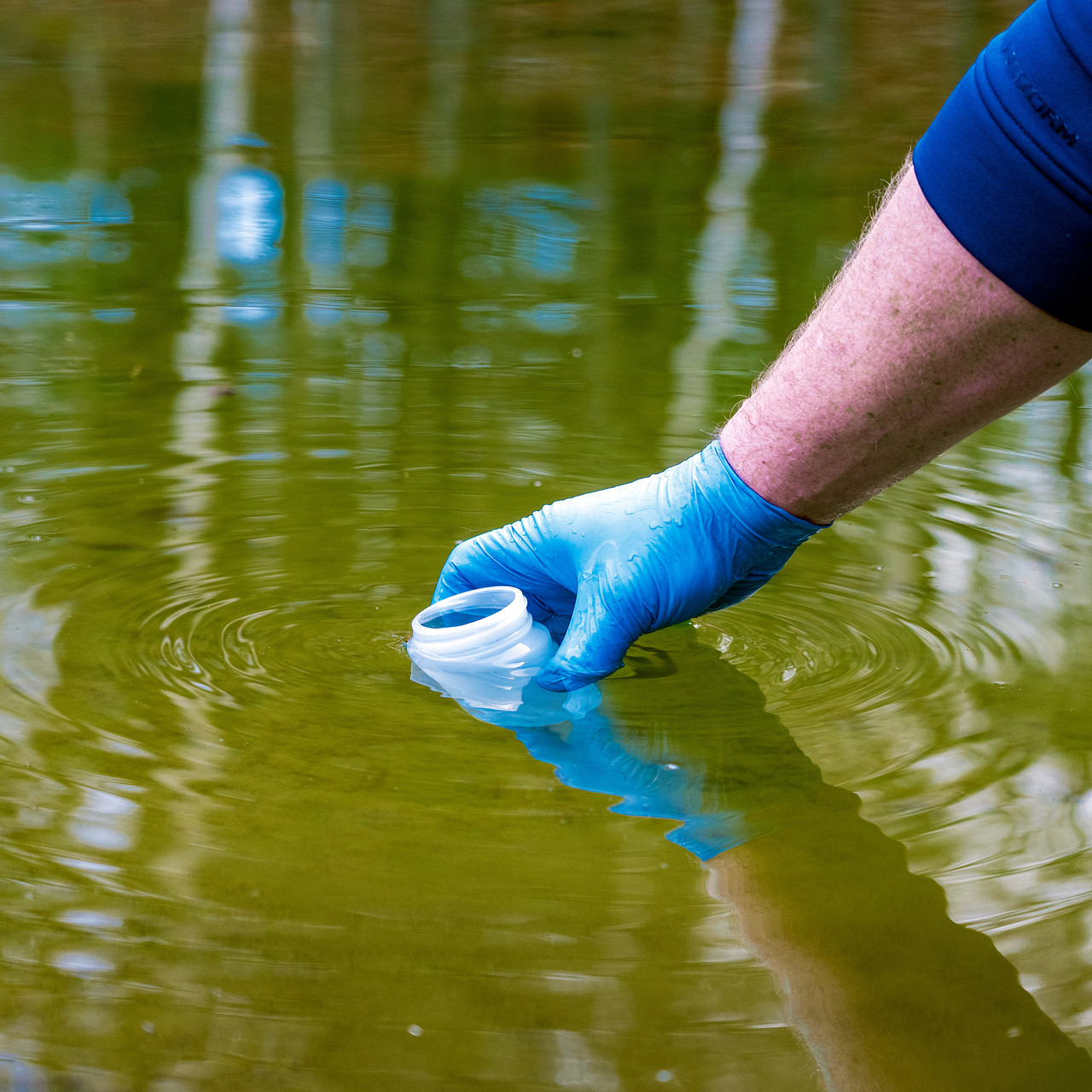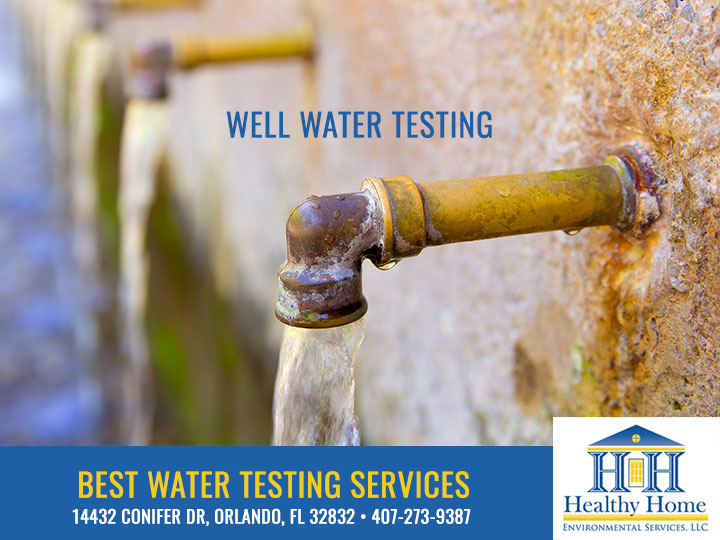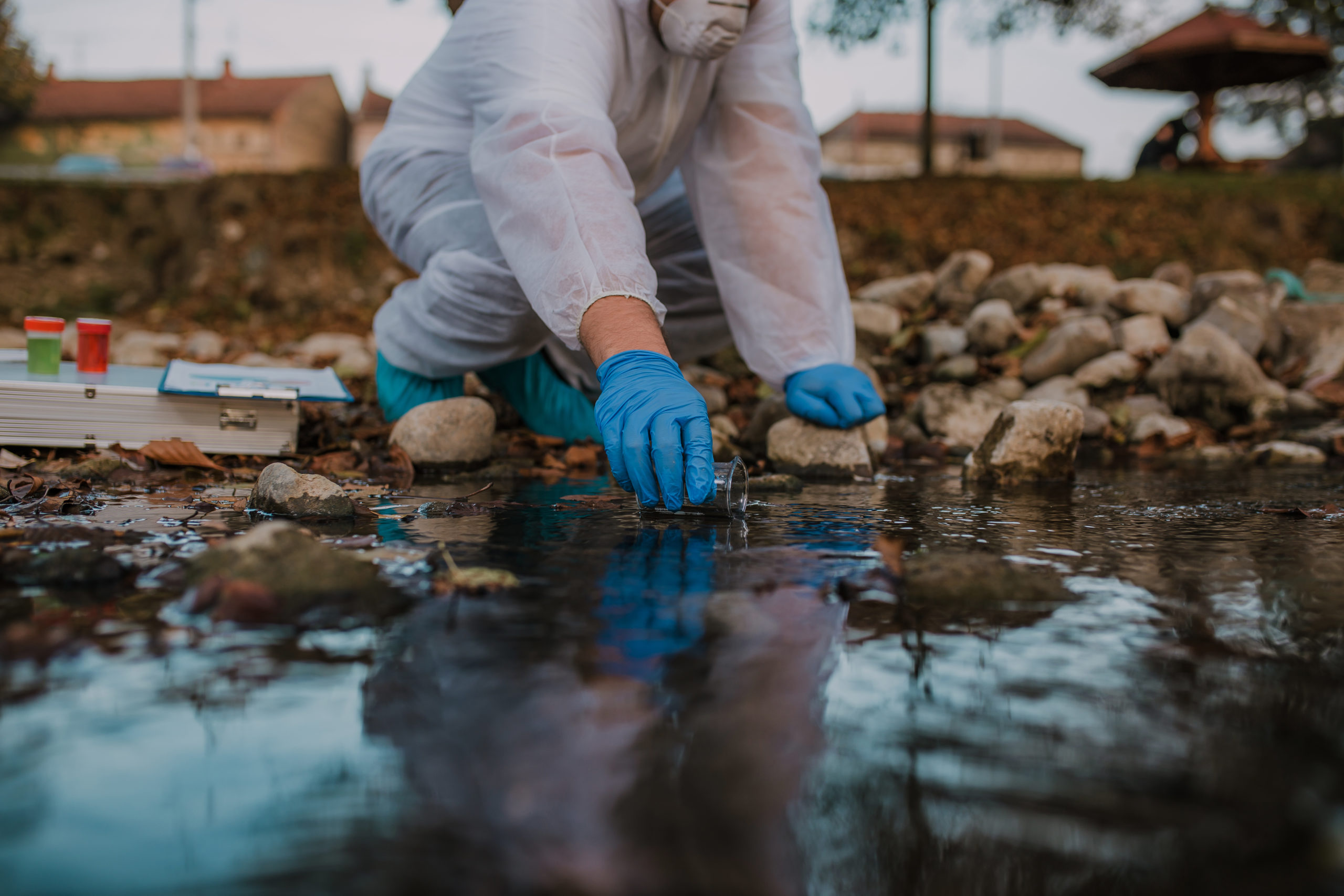Top Water Testing Service: Guarantee Your Family's Safety Today
Wiki Article
Discover What Is Consisted Of in Water Checking and Exactly How It Makes Sure Safe Drinking Water
Comprehending the intricacies of water screening is essential in making certain the quality and safety of our drinking water. Through a meticulous evaluation of physical, chemical, and microbiological elements, water screening recognizes potential impurities that could position health threats. From the visibility of heavy steels to dangerous bacteria, each test component plays an essential role in keeping the honesty of our water system. Advanced methods like chromatography and spectrometry enhance the accuracy of these analyses. Exactly how do these processes convert into the governing structures that guarantee safety in our day-to-day intake?Trick Components of Water Testing
Water screening is a vital process that entails numerous crucial elements to make certain the safety and security and high quality of alcohol consumption water. Among the main elements is the evaluation of physical characteristics, including turbidity, odor, and color. These attributes can provide first understandings into the water's condition and possible contamination sources. Additionally, ensuring the pH equilibrium of water is essential, as it influences the water's corrosiveness and the effectiveness of sanitation processes.One more significant element includes microbiological evaluation, where water examples are checked out for the visibility of microbes such as microorganisms, infections, and protozoa. If eaten, this analysis is essential to identify organic dangers that can pose health and wellness risks. Additionally, chemical analyses are performed to detect organic and not natural materials, such as hefty steels, nitrates, and pesticides, that could be present in the water system.

Spotting Hazardous Contaminants
Detecting dangerous pollutants in drinking water is a basic element of safeguarding public wellness. This procedure involves identifying possible hazards that can jeopardize the high quality and safety of water products. Pollutants can range from microbes such as germs, infections, and protozoa, to not natural substances like lead, arsenic, and nitrates, along with organic contaminants consisting of pesticides and industrial chemicals. Each sort of contaminant poses distinctive health and wellness threats, making their detection essential to make sure the water taken in by the public is safe.
Water screening for impurities is normally performed by regulative firms and water energies, employing a mix of area tasting and research laboratory evaluation. These analyses are created to find both normally taking place materials and anthropogenic toxins that might have gone into the water system via farming overflow, industrial discharge, or aging infrastructure. Regular surveillance is essential, as contamination levels can fluctuate as a result of environmental changes, seasonal variations, or human activities.
The identification of hazardous pollutants informs needed actions, such as water treatment interventions or public advisories, to mitigate risks. Early detection is essential to avoid damaging health and wellness impacts, varying from gastrointestinal diseases to lasting problems like cancer, therefore ensuring the continued security of drinking water.

Chemical Analysis Strategies
In the realm of making certain safe alcohol consumption water, chemical analysis strategies play a pivotal function in identifying and quantifying pollutants. These methods are necessary for spotting a broad selection of chemical materials, including heavy steels, chemicals, and commercial pollutants, which can present significant health threats.Gas chromatography-mass spectrometry (GC-MS) is another important technique, particularly for organic compounds. It divides intricate mixes and determines semi-volatile and unstable organic compounds, making certain that pollutants like benzene and toluene are within risk-free limitations. High-performance liquid chromatography (HPLC) is similarly utilized for non-volatile materials, consisting of specific pesticides and pharmaceuticals.
Ion chromatography is employed to determine focus of cations and anions, such as nitrates and sulfates, which are essential in examining water high quality. These chemical analysis strategies jointly make sure that alcohol consumption water stays safe by discovering discrepancies from established purity standards, thereby safeguarding public health. Making sure accuracy and precision in these tests is extremely important to keeping the honesty of water safety assessments.
Microbiological Testing Techniques
Accurate microbiological testing is important for securing public health by making sure that drinking water is without hazardous virus. This procedure includes identifying and identifying microbes such as germs, viruses, and protozoa that might pollute water products. Usual microorganisms include Escherichia coli, Giardia, and Cryptosporidium, each posing significant wellness threats.Several approaches are used in microbiological screening to determine these risks. The membrane layer filtering technique is regularly made use of, including water travelling through a filter that captures germs, which are then cultured to establish their existence and concentration. Conversely, the multiple-tube fermentation technique allows the quantification of coliform bacteria utilizing a collection of dilution and incubation steps.
Developments in technology have actually presented molecular strategies such as polymerase domino effect (PCR), which enables the Water Testing Service very certain and fast discovery of pathogens by magnifying their hereditary material. Enzyme-linked immunosorbent assays (ELISA) likewise offer a technique to detect pathogens by determining certain proteins or antigens.
These differed methods are necessary for comprehensive water top quality assessment, ensuring that water therapy procedures are reliable which circulation systems keep safety and security. By using these microbiological screening approaches, possible wellness hazards can be identified and mitigated promptly.

Value for Public Wellness
Making sure the microbiological safety of alcohol consumption water straight affects public health and wellness by avoiding the spread of waterborne conditions. Virus such as germs, viruses, and protozoa can bring about health problems like cholera, dysentery, and intestinal infections (Water Testing Service). The execution of detailed water testing methods is critical in identifying and alleviating these risks, hence securing communities from prospective outbreaksNormal water testing not just discovers microbial contaminants however also analyzes chemical and physical parameters that can influence health and wellness. Too much degrees of nitrates or heavy steels such as lead can position major health and wellness dangers, specifically to prone populaces like babies and expectant females. By recognizing these hazards early, water testing enables timely treatments, making certain the water supply stays within risk-free usage requirements.
Furthermore, water testing plays an essential role in maintaining public confidence in municipal water systems. For plan manufacturers and wellness authorities, the information obtained from water testing notifies decisions on infrastructure investments and public health techniques, ensuring sources are routed where they are most needed.
Conclusion
Water testing functions as a necessary mechanism for making certain the safety and top quality of alcohol consumption water with comprehensive evaluation of its physical, chemical, and microbiological residential properties. By finding unsafe impurities, such as hefty steels and chemicals, and making use of innovative strategies like chromatography and spectrometry, water screening promotes the recognition of potential wellness threats. The execution of strenuous testing procedures is important for keeping compliance with safety and security requirements, inevitably protecting public wellness and strengthening self-confidence in community water supply.
By determining these threats early, water screening makes it possible for timely interventions, guaranteeing the water supply stays within secure consumption standards.
Water screening offers as an essential mechanism for making sure the security and high quality of alcohol consumption water with detailed evaluation of its physical, chemical, and microbiological buildings.
Report this wiki page